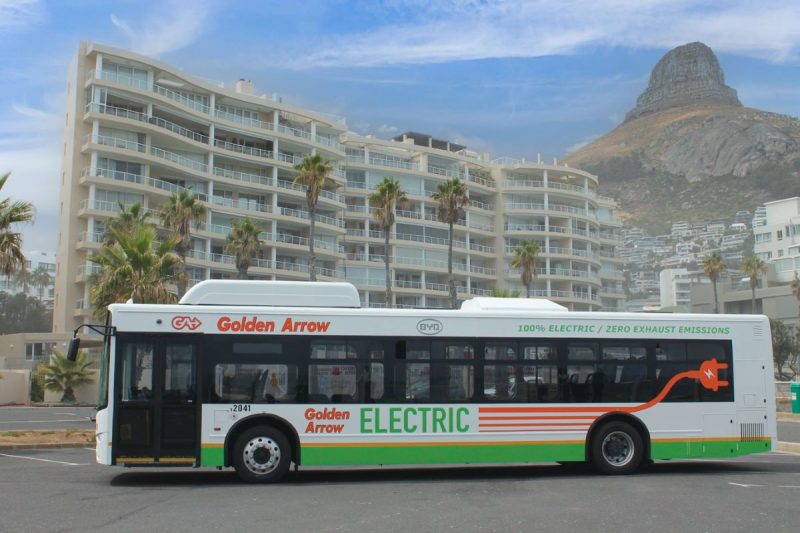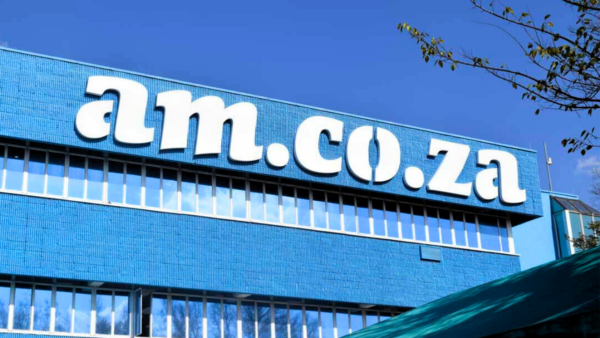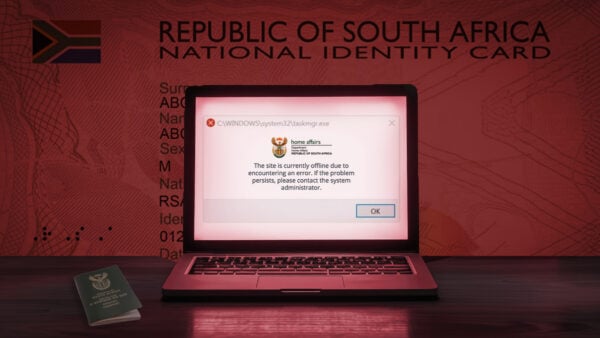South Africa could drastically cut public transport costs

Bus fleet managers can save over R2 million per vehicle over 10 years by switching to an electric alternative if the vehicle travels more than 60,000km per year.
This is according to GreenCape’s Electric Vehicle Market Intelligence 2025 report for South Africa, which compared the business cases for electric buses and minibuses.
“There is a strong business case for bus fleet managers to consider switching to an electric alternative if they have buses with an average annual mileage of 60,000 km or more,” the report said.
“This is due to the high operational fuel cost savings achieved from switching from a diesel bus to an electric bus in the public transport sector.”
While purchasing electric alternatives to road-based public transport vehicles can cost almost twice as much as their internal combustion engine (ICE) counterparts, the operating costs reflect the inverse.
The report found that the capital expenditure (capex) required to purchase an ICE bus is R2.7 million, while an ICE minibus can cost around R680,900.
On the other hand, the capex required for an electric bus can be between R5.4 million and R8.1 million, whereas an electric minibus costs about R1.5 million.
This sharp price increase to upgrade to an electric vehicle may seem daunting. However, the report found that vehicle owners can save millions on fuel and maintenance costs over the long term.
GreenCape found that the operating expenditure (opex) of an ICE bus travelling an average of 60,000km annually over ten years will cost R966.40 per 100km.
This was calculated assuming the bus uses 0.4 litres of fuel per kilometre and fuel costs R24.16 per litre.
On the other hand, the 10-year opex of an electric bus that travels the same average annual distance will cost R227.70 per 100km.
This was based on the assumption that the bus uses 0.99 kWh of energy per kilometre, which costs R2.30 per kWh.
Electric more affordable in the long run

While the higher opex of the ICE vehicle may seem worthwhile relative to the capex required to purchase an electric bus, adding them up over 10 years paints a different picture.
Buying and running an ICE bus over the course of 10 years costs R11.9 million, whereas the electric bus costs just under R9.2 million.
It is worth noting that another significant difference between the two is the range. Where the ICE bus can travel between 600km and 800km on a single tank, electric buses only have a range of 300km.
A similar pattern is noticed with the minibuses. The electric minibus, with an average yearly travel distance of 72,000km, costs R115 per 100km, while its ICE counterpart costs R241.60.
This was based on the electric vehicle using 0.5 kWh per kilometre and the minibus using 0.1 litres of fuel. The costs per unit of fuel and energy were kept constant.
Combining the opex and capex of purchasing and maintaining each vehicle over ten years also renders the electric alternative the more cost-effective solution.
The electric minibus costs R2.8 million over a decade, whereas the ICE minibus costs owners R3.5 million.
The table below shows the capex and opex of electric and ICE buses as well as minibuses.
| Vehicle | Electric bus | ICE bus | Electric minibus | ICE minibus |
|---|---|---|---|---|
| Average price of vehicle | R5.4 million to R8.1 million | R2.7 million | R1.5 million | R680,900 |
| Operational cost per 100km | R227.70 | R966.40 | R115 | R241.60 |
| Opex over 10 years plus capex | R9.18 million | R11.94 million | R2.82 million | R3.45 million |
| Energy/fuel consumption p/km | 0.99kWh | 0.4 litres | 0.5 kWh | 0.1 litres |
| Cost of energy/fuel used in calculations | R2.30/kWh | R24.16/litre | R2.30/kWh | R24.16/litre |
| Average annual mileage (km) | 60,000 | 60,000 | 72,000 | 72,000 |
| Range | 300 km | 600 km to 800 km | 200 km to 250 km | 600 km to 800 km |
































